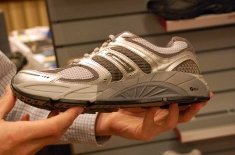 If you run or walk on a regular basis your footwear is the most important part of your equipment. If you keep using your running shoes past their expiry date you will risk injuring yourself.
If you run or walk on a regular basis your footwear is the most important part of your equipment. If you keep using your running shoes past their expiry date you will risk injuring yourself.
The following signs outlined below will indicate you need to replace your running shoes.
Visual Inspection
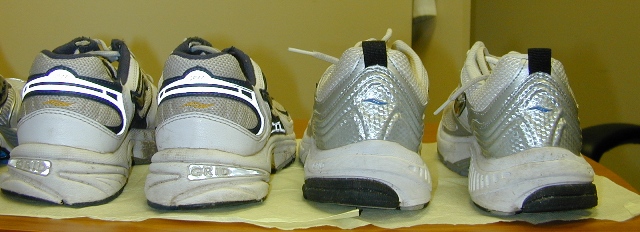
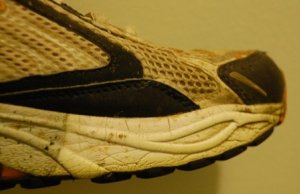
Inspect your shoes on a flat surface to evaluate if the heel counter is perpendicular with the surface. If the shoes are distorted inward or outward, this is a sign of material fatigue in the heel counter as well as an indication of your mechanics.
Inspect the midsole of the shoe for any sign of creases, this is sign of material fatigue in the midsole.
Inspect the outsole of the shoe. If there is noticeble wear, the amount of traction will be comprimised.
Evaluating Support
 Heel Counter
Heel Counter
The heel counter is designed to help support the rearfoot during walking and running. A stiff heel counter will provide a greater amount of support and is important feature of the shoe to prevent foot pronation. The stiffness of the heel counter can be evaluated by placing the shoe in the palm of one hand and with the thumb and finger of the opposite try to squeeze the heel counter
 Torsional Stability
Torsional Stability
The torsional stability will help to limit the amount your foot will twist or turn while running. Torsional instability can be evaluated by hold the toe of the shoe in one hand and twist the heel with the other hand. Twisting the shoe should be quite difficult. A flexible shoe will offer less stability.
 Bend Test
Bend Test
This test is performed by holding the shoe at opposite ends and bending. The shoe should only bend at the ball of the foot. If the shoe bends in the middle it will provide less stability.
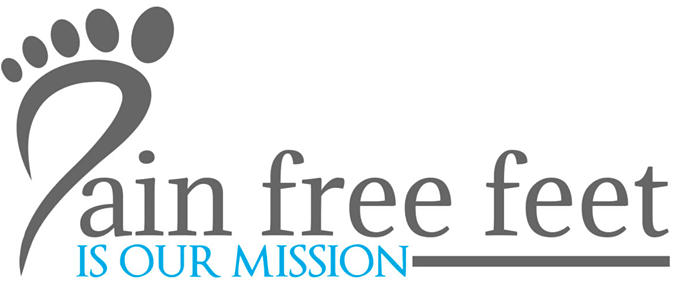
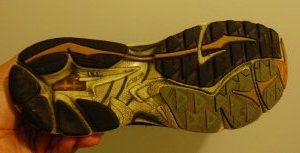
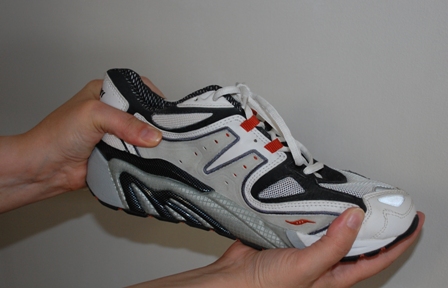 Heel Counter
Heel Counter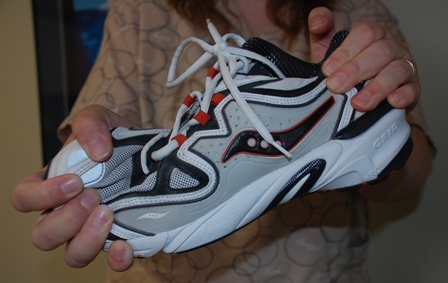 Torsional Stability
Torsional Stability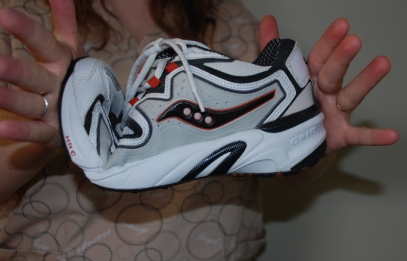 Bend Test
Bend Test